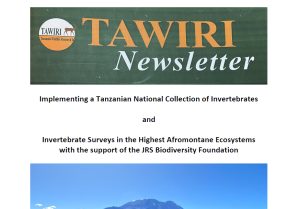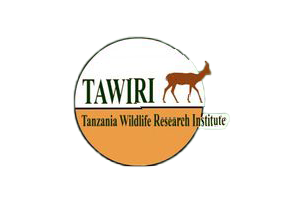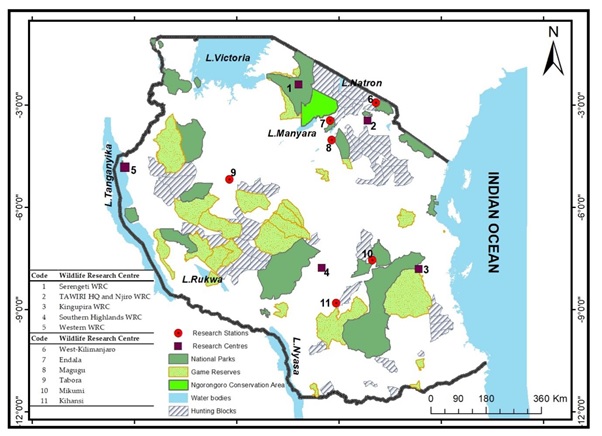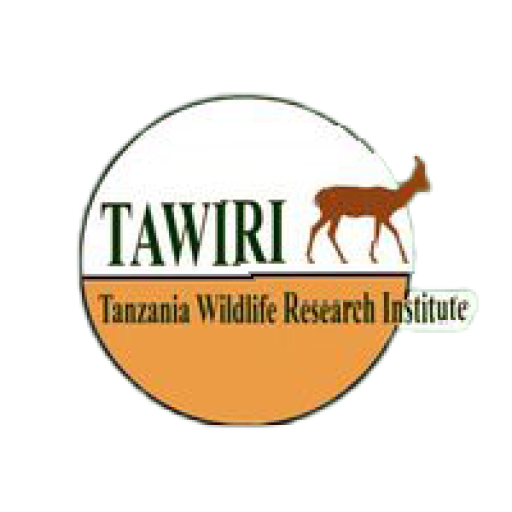The overarching objective of this work is to establish feasible ways of augmenting tourism in the southern circuit and mitigate human-wildlife conflicts, introduce ecosystem-friendly economic activities that will enhance economic capabilities and improve household livelihoods which ultimately will reduce over-dependence on natural resources. So far, the project has contributed critical information for improving livelihood and sustainable tourism around the priority protected areas (PAs) on the extent and distribution of Human-Wildlife Conflict and potential for Api-tourism in Tanzania. The study found that a diverse list of wild animals was involved in HWC including elephants, lions, hyenas, leopards, wild dogs, buffalo, wild pigs, zebra, impala, cane-rats, primates and hippos. Various crops attracted elephants. zebra, hippo and buffalo were reported to raid tender paddy and maize crops whereas elephants raided maize and paddy when fully grown. The study recorded that chicken was owned by more than 80% and 55% of households in the Kilombero and Kilosa districts, respectively. Water sharing between humans, livestock and wildlife was found to be a source of conflict mainly in Kilosa district and was more pronounced (85.2%) during the dry season when water was scarce in protected areas. The project has further determined socioeconomic drivers for HWC in communities living adjacent to protected areas in the Ruaha-Mikumi landscape. The main factors found to influence HWC include water availability, increase in human population, fire and the difficulty in adherence to the Village LUPs mainly due to various reasons such as land use conflict, and encroachment. The project recommends promoting local chicken as a tool for household, income improvement and supporting the provision of training on, good poultry husbandry practices. It further recommends the use of non-lethal HWC mitigation methods and promote research on the use of non-lethal methods, Results on api-tourism survey indicated that most respondent’s lack knowledge of Api-tourism (84.9%, n = 86) and the majority (87.7%, n = 86) were willing to participate in Api-tourism activities. Traditional beekeeping is mostly practised using log hives (62.8%). The study also found that the surveyed areas are rich in habitats with abundant pollen and nectar producing plants, thus potential for beekeeping production. The interviewed beekeepers (n=86) reported keeping various species of stinging (100%), a stingless bee (29.3%). As the project recommended establishing Api-tourism practices in the areas by training the local community groups. Therefore, the project has developed a manual for training on Api-tourism in collaboration with TANAPA in conducting the training.













 Users Today : 7
Users Today : 7 Users Last 7 days : 517
Users Last 7 days : 517 Users This Month : 1729
Users This Month : 1729 Total Users : 21546
Total Users : 21546